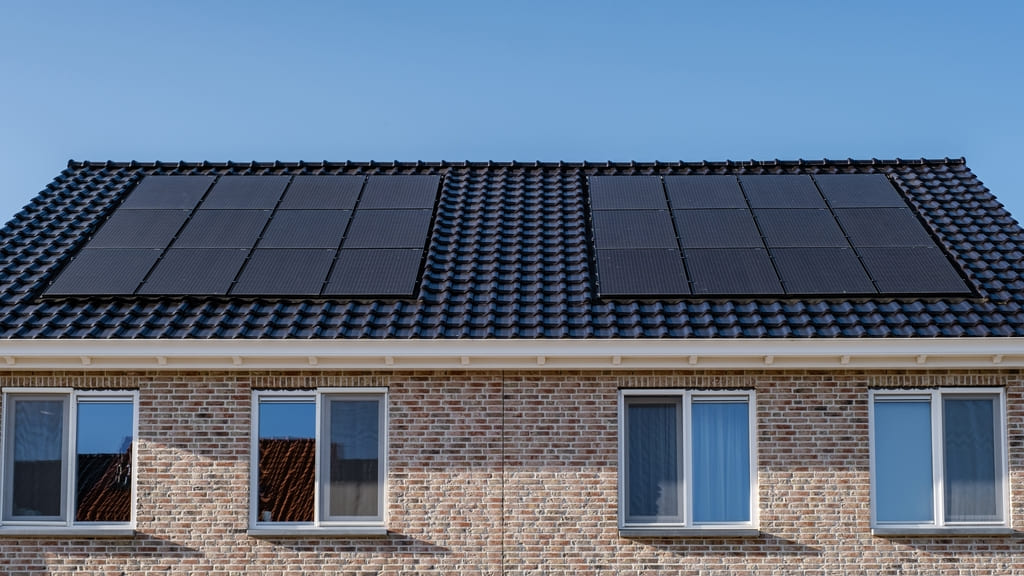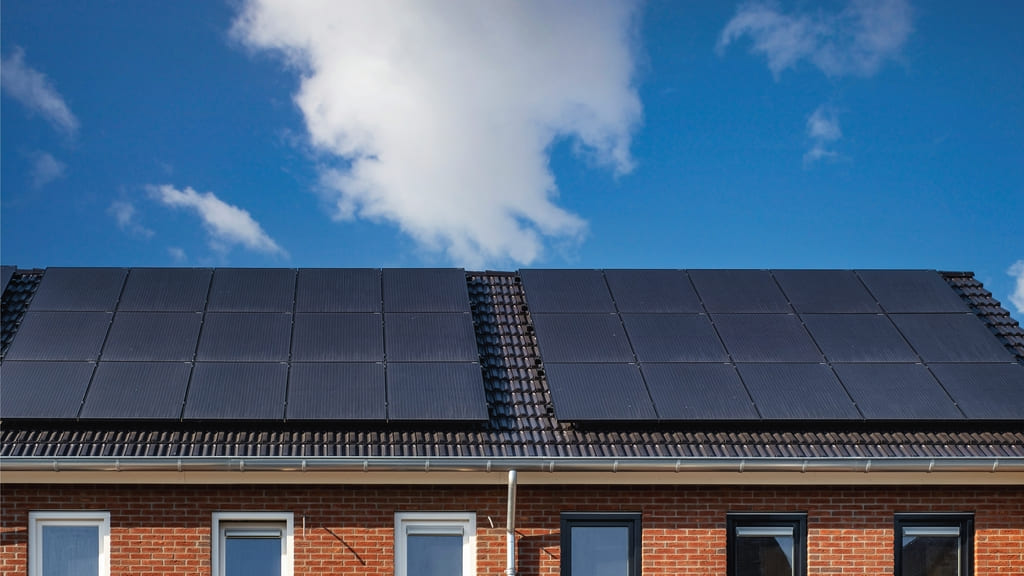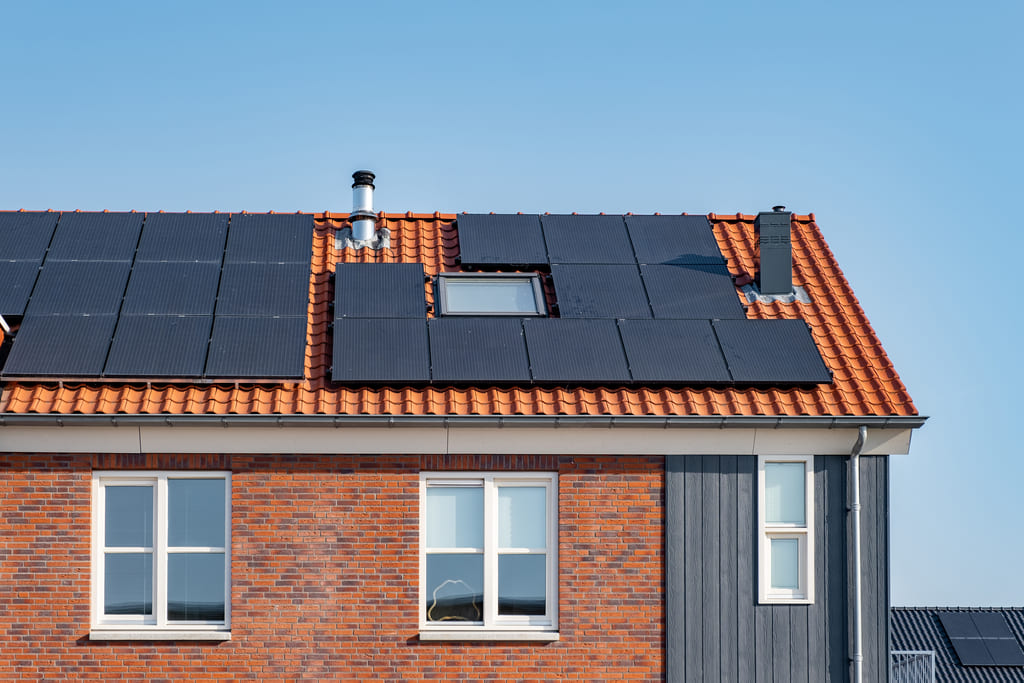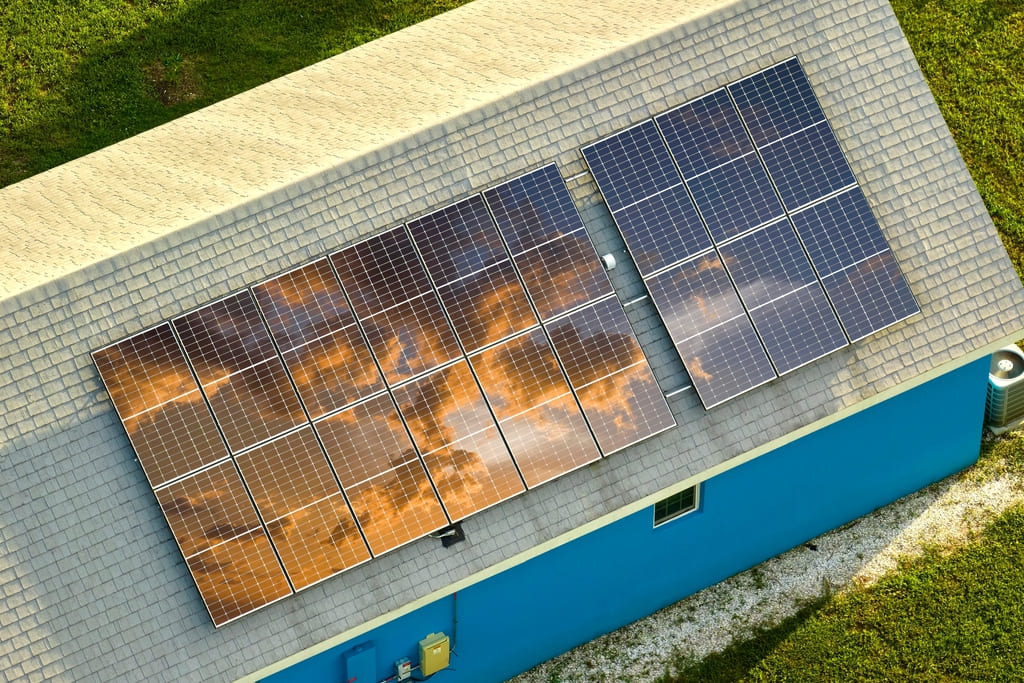Are you considering installing solar panels but unsure where to start? There are several key factors to consider before making the decision, such as location, roof condition, energy consumption, and budget.
Concerns about upfront costs, maintenance, aesthetics, and potential damage to the roof may be holding you back. If you live in a community with strict regulations, you may be wondering whether associations should allow solar panel installations. In this article, we’ll explore the pros and cons of installing solar panels and discuss alternative options, such as community solar programs and renewable energy credits.
Key Takeaways:
- Associations should consider location, roof condition, energy consumption, and budget before permitting solar panel installations.
- Concerns such as upfront and maintenance costs, aesthetics, and potential roof damage should be addressed before allowing solar panel installations.
- The pros and cons of permitting solar panel installations should be carefully weighed by associations.
- Alternatives to individual solar panel installations, such as community solar programs and renewable energy credits, should also be considered by associations.
What Factors Should Be Considered Before Installing Solar Panels?
Before considering the installation of solar panels, it is crucial to evaluate various factors that can impact the process and effectiveness of solar energy generation.
One of the primary considerations is the location suitability. Assessing the amount of sunlight your location receives throughout the year is essential to determine the viability of solar panels.
The condition of the roof plays a significant role. It should be structurally sound and have sufficient space for the installation. Understanding your household’s energy consumption patterns is vital to determine the size and capacity of the solar panel system.
Budget considerations are important to ensure that the investment in solar panels aligns with your financial plans.
Location
The location plays a pivotal role in determining the feasibility and efficiency of solar panel installation, as it impacts sunlight exposure and accessibility.
Optimal sunlight exposure is crucial for maximizing the energy output of solar panels. Factors such as the orientation of the roof and potential obstructions must be carefully considered. Accessibility to the rooftop for maintenance and installation is essential for ensuring a smooth and cost-effective process.
Additionally, it’s important to be aware of local regulations and guidelines in California. Compliance with building codes, permit requirements, and homeowner association regulations can significantly influence the installation process and impact the design of the solar panel system.
Roof Condition
The condition of the roof is a critical consideration for solar panel installation, as it affects the structural support and integrity of the installation, as well as potential impact on neighboring properties.
To ensure the safety and stability of the solar panel system, a thorough assessment of the roof’s condition is necessary. This evaluation includes factors such as the age of the roof, any existing damage, and its load-bearing capacity.
When dealing with heritage properties, it’s essential to consider the historical significance and architectural integrity of the roof, ensuring that the installation process is respectful and in compliance with preservation regulations. Minimizing any potential disruption to neighboring properties, such as shading or visual impacts, should be part of the planning process.
Energy Consumption
Understanding the energy consumption patterns and requirements for the property is essential in determining the appropriate solar panel system size and configuration for optimal energy generation.
Assessing the energy consumption provides crucial insights into the amount of energy required, peak usage times, and potential fluctuations. By thoroughly understanding these patterns and demands, solar panel installations can be tailored to meet the specific energy needs of the property.
Aligning the solar system sizing with the property’s energy requirements ensures efficient energy production and utilization, maximizing the cost-effectiveness of the solar investment. Integrating relevant state guidelines and regulations into the energy assessment allows for compliance with local energy policies and incentives. It ensures that the solar panel installation not only meets the property’s energy demands but also aligns with sustainability targets and industry standards.
Budget
Careful consideration of the budget is necessary for solar panel installation, encompassing costs associated with equipment, installation, and potential legal or association-related expenses.
When budgeting for solar panel installation, it’s essential to factor in the equipment costs, including the price of the solar panels, inverters, and mounting hardware.
Installation expenses for labor, permits, and any necessary electrical upgrades should be taken into account. In California, it’s important to research any association-related fees or legal requirements, such as obtaining permits or complying with building codes, which may impact the budget.
What Are The Concerns About Installing Solar Panels?
While installing solar panels offers numerous benefits, there are certain concerns and challenges to consider, including upfront costs, maintenance requirements, and potential impact on property aesthetics and integrity.
For homeowners, the initial investment in purchasing and installing solar panels can be a significant financial consideration. While long-term savings on energy bills are a major advantage, the upfront costs can be daunting.
Regular maintenance is essential to ensure optimal functioning of the panels, adding to the ongoing expenditure. Aesthetic concerns may also arise, as solar panels can alter the visual appeal of a property. Homeowners must strike a balance between harnessing solar energy and preserving the external appearance of their homes.
Furthermore, California residents must adhere to state-specific regulations and legal restrictions regarding solar panel installations, which can further complicate the process.
Upfront Costs
One of the primary concerns associated with solar panel installation is the upfront costs, which may vary based on equipment, installation complexity, and compliance with relevant laws and regulations.
When considering the upfront costs of solar panel installation, it’s essential to account for the expenses related to the solar panels themselves, along with the cost of inverters, mounting hardware, and other necessary equipment.
Installation charges can fluctuate based on factors such as roof complexity, system size, and any required electrical upgrades. It’s imperative to address compliance with solar laws and homeowners association requirements, which may involve permit costs, property assessment fees, and ensuring that the system meets the necessary standards.
Maintenance and Repair Costs
Another concern involves the long-term maintenance and potential repair costs associated with solar panel installations, which should be evaluated to ensure sustainable and effective energy generation.
Long-term maintenance in solar panel installations comprises periodic inspection of panels, wiring, and inverters to identify any signs of wear, corrosion, or malfunction.
Regular cleaning to maintain optimal performance and prevent degradation is essential, considering the accumulation of dust, dirt, and debris on the panels.
- Identifying potential repair expenses necessitates understanding the warranty coverage for the panels and associated components, as well as considering the expertise and reliability of service providers.
Engagement with reliable solar contractors is crucial for timely and proficient maintenance and repair works, ensuring the longevity and consistency of energy production.
The adherence to association guidelines for maintenance and repair procedures can also mitigate the risk of unexpected costs and ensure compliance with industry standards.
Aesthetics
The visual impact on property aesthetics and neighborhood coherence is a valid concern when installing solar panels, necessitating careful planning to mitigate aesthetic disruptions.
When considering solar panel installations, it’s essential to evaluate their visual integration into the property’s overall aesthetics and the neighborhood’s cohesion.
The placement and design of solar panels play a pivotal role in preserving the visual harmony of the surroundings. Strategies such as integrating panels into the architecture or utilizing landscaping to screen them can minimize aesthetic disruptions.
Community engagement and transparent communication regarding the installation can foster a cohesive approach that addresses shared concerns.
Potential Damage to Roof
The potential for roof damage during and after solar panel installation raises valid concerns about property rights, easements, and the need for clear agreements with neighbors and relevant authorities.
Homeowners must have a clear understanding of their property rights when it comes to solar panel installations and potential roof damage. This includes considering easements and how solar panels may impact neighboring properties, leading to questions about access and restrictions. To avoid any conflicts, it is crucial to have clear agreements with neighbors and relevant authorities in place before the installation process begins. By addressing these matters proactively, homeowners can protect their property rights and prevent potential disputes.
Should Associations Allow Solar Panel Installations?
The decision of whether associations should allow solar panel installations involves weighing the pros and cons of enabling homeowners to adopt solar energy, considering the impact on the community and individual property rights.
Homeowner associations need to evaluate the potential benefits of solar energy, such as reduced utility costs, environmental sustainability, and increased property value.
They must also consider the aesthetic impact of solar panels on community aesthetics and the potential challenges in adhering to architectural guidelines. Balancing the interests of individual homeowners wanting to adopt solar energy technology with the overall community’s visual harmony poses a significant challenge.
Pros of Allowing Solar Panel Installations
Allowing solar panel installations within associations can lead to numerous benefits, including reduced energy costs, enhanced property value, and fostering a commitment to sustainable energy practices.
By integrating solar panels, homeowners associations can help residents lower their energy expenses, thus contributing to a more affordable and sustainable living environment.
The installation of solar panels can significantly increase property valuations, making it an attractive investment for homeowners and potential buyers. Promoting sustainable energy practices through solar power aligns with the growing demand for eco-friendly and energy-efficient housing, further enhancing the appeal of the neighborhood and the properties within it.
Cons of Allowing Solar Panel Installations
Concerns about visual impact, property modifications, and adherence to association rules and regulations present valid challenges in allowing solar panel installations within homeowners associations.
Solar panel installations may raise concerns about altering the visual appeal of the neighborhood, as the appearance of rooftops and landscapes undergo changes. Homeowners associations often prioritize maintaining a cohesive aesthetic, which can clash with the noticeable presence of solar panels.
Considerations for property modifications also arise, as installation may require structural changes or adjustments that could impact the uniformity of housing designs. Associations may need to navigate differing preferences of members while ensuring the overall harmonious look of the community.
Strict adherence to association rules and regulations is necessary. This includes addressing any height, placement, or color restrictions in accordance with guidelines to uphold community standards and preserve the rights of all homeowners.
What Are The Alternatives To Installing Solar Panels?
Alternative options to solar panel installations include participation in community solar programs and utilizing renewable energy credits, offering viable pathways to support sustainable energy initiatives.
Community solar programs enable individuals to benefit from solar energy even if they are not able to install panels on their own properties. This widely expanding model allows subscribers to receive energy credits from a shared solar array, contributing to the overall increase in renewable energy generation and reducing the carbon footprint.
Simultaneously, the utilization of renewable energy credits provides an avenue for businesses and households to support sustainable energy initiatives without the need for physical solar panel installations.
Community Solar Programs
Community solar programs enable individuals to benefit from solar energy without individual panel installations, leveraging shared solar resources and potentially leveraging state incentives and program support.
These programs allow communities to jointly invest in solar energy installations, providing access to clean and sustainable power sources for those unable to install panels on their own properties.
State incentives play a significant role in making these projects economically viable, encouraging participation and facilitating renewable energy adoption.
Programs such as the Database State Incentives Renewables Efficiency (DSIRE) serve as valuable resources in understanding the specific incentives available in each state and the eligibility requirements.
By tapping into these resources, communities can maximize the benefits of shared solar initiatives and contribute to a more sustainable future.
Renewable Energy Credits
Renewable energy credits offer an alternative means of supporting solar energy without physical panel installations, allowing individuals to contribute to sustainable energy projects and potentially benefit from initiatives like the American Clean Energy Security Act.
These credits represent the environmental attributes of renewable energy generation and can be bought and sold separately from the actual electricity.
In California, they play a crucial role in incentivizing and promoting solar power and other forms of renewable energy, in line with the state’s aggressive clean energy goals.
By purchasing renewable energy credits, individuals can support the development of clean energy facilities and contribute to green power initiatives, ultimately reducing the carbon footprint and environmental impact of their energy consumption.
Frequently Asked Questions
Should Associations Permit Solar Panel Installations?
Yes, associations should permit solar panel installations for the following reasons:
What are the benefits of allowing solar panel installations?
Allowing solar panel installations can help reduce carbon footprint, lower energy costs, and increase property value.
Can associations impose restrictions on solar panel installations?
Yes, associations can impose reasonable restrictions such as size, placement, and aesthetic guidelines.
Do homeowners need to seek approval before installing solar panels?
Yes, homeowners should seek approval from the association before installing solar panels to ensure compliance with any restrictions.
Can associations deny a homeowner’s request to install solar panels?
Associations can only deny a request if it violates established restrictions or poses a safety hazard.
What if a homeowner’s solar panel installation causes damage to the property?
The homeowner is responsible for any damages caused by the solar panel installation and should have proper insurance coverage.



